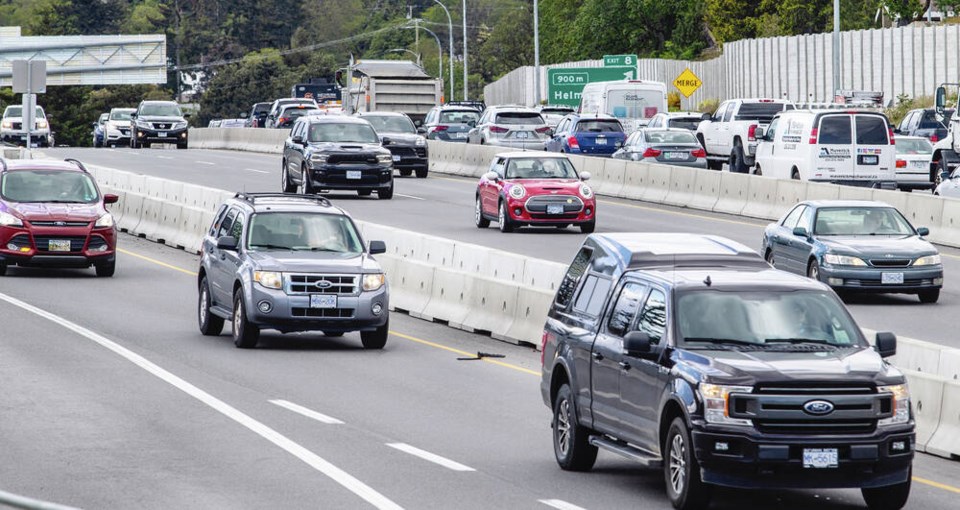We’re fortunate today that cars are better made than ever. That means that roadside breakdowns are much rarer — but they certainly still happen.
I’ve seen a few cringeworthy breakdown moments in the past few months and it’s worth talking about.
As always the best method is prevention. Paying attention to your vehicle’s maintenance needs will head off most roadside breakdowns before they ever happen. This includes regular servicing and having a trusted mechanic spot what might be a minor problem before it turns into the worst day of your life.
Cars never break down when you’re just driving around with nothing to do. They happen when you’re headed to a wedding or to that specialist you’ve been trying to see for the past year.
Most insurance policies now offer some form of roadside assistance. If yours doesn’t then get it. It’s money well spent and regardless of cost you’ll totally appreciate that tow truck pulling up on a dirty rainy west coast night in the middle of nowhere.
Whether you have roadside service or not, you’ll be stuck for a while till help arrives. Here are some things to remember.
Never attempt a repair in the middle of the road. Sounds like total common sense but I saw a guy underneath the rear of a car, fiddling with the tailpipe, in the middle of three traffic lanes about a week ago. Darwin had theories around such actions.
If a breakdown occurs, turn on your four-way flashers and try to move your car to the side of the road. The caveat is always safety first, though. If you want to push a vehicle over multiple lanes, then be absolutely certain you can do it safely. Moving aside, if possible, helps other drivers.
I like the “hood up” method, regardless if the problem is with the engine or not. An upraised hood is the universal signal for a breakdown.
There’s always a debate about staying in or getting out of your vehicle. I generally favour being out if you can stand away from the roadway. That way you’re not cocooned and have a much greater ability to observe the environment. But that’s a situational call.
If it’s a dark and lonely area or if you’ve been able to pull off well out of harm’s way, then remaining inside can be a better option. In that case keep your seatbelt on and wait for help. Whatever the scenario, stay off of the roadway itself, if possible.
On a major highway, though, always get out and move to the other side of a barrier, or well away from your car. A stopped vehicle struck by another moving at highway speed is disastrous. And that’s why you always keep an umbrella in your car.
Know where you are. Be able to give clear directions to assistance crews. Know your north, south, east and west as it’s often crucial for that tow truck driver to figure out the best way to approach. Unless safety says otherwise, stay near your vehicle. This also makes it easier for assistance crews to find you.
Keep your cell phone charged and carry an emergency cone or reflective triangle. Visibility on the roadside is crucial. These small, cheap safety tools provide extra valuable seconds for other drivers to slow down or move over.
Glove Box: Back in March the Supreme Court of ÎÚÑ»´«Ã½ released an important yet little reported decision on impaired driving. In a case from Ontario, R versus McColman, the court overturned lower appeal court rulings and granted police the authority to conduct random driver sobriety checks on private property.
McColman was spotted by two OPP members driving an ATV on a public road but turned into a private driveway before the officers were able to approach him. He admitted to consuming 10 beers and later blew 110 and 120 in breathalyzer tests.
McColman was convicted at his trial but later appealed and had his case overturned by higher courts which ruled that Ontario’s Highway Traffic Act only viewed a “driver” as someone operating a vehicle on a public highway. Because all of the evidence of impairment was obtained by the cops after a stop on private property, the evidence was obtained illegally.
But in an 8-0 ruling, the Supreme Court of ÎÚÑ»´«Ã½ disagreed: “Drivers will not escape sobriety checks simply by pulling off the highway, if their driving gives the police a reason to believe that they are operating a vehicle while impaired.”
While ruling that McColman’s rights were breached under our charter, those breaches weren’t sufficient to overturn the case. Impaired driving, according to the supreme court, “is a serious offence that leads to “death, injury, heartbreak and destruction,” outweighing the other factors around breaching McColman’s rights.
>>> To comment on this article, write a letter to the editor: [email protected]



